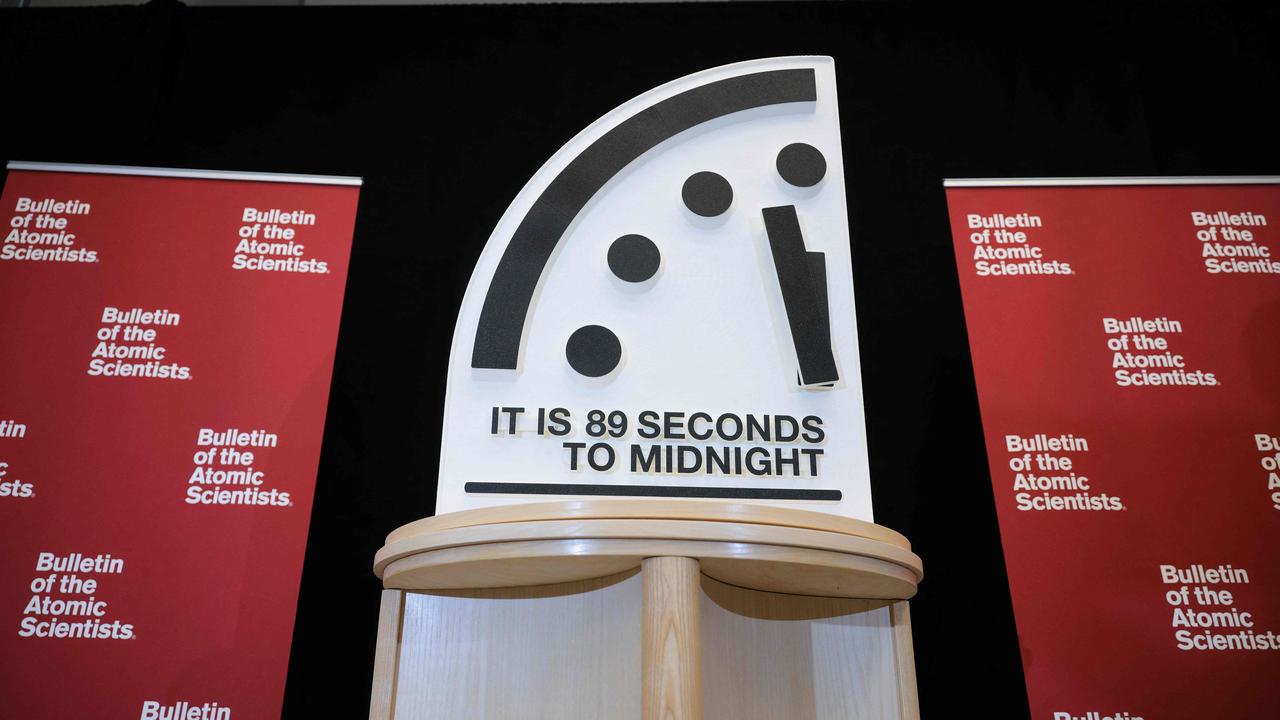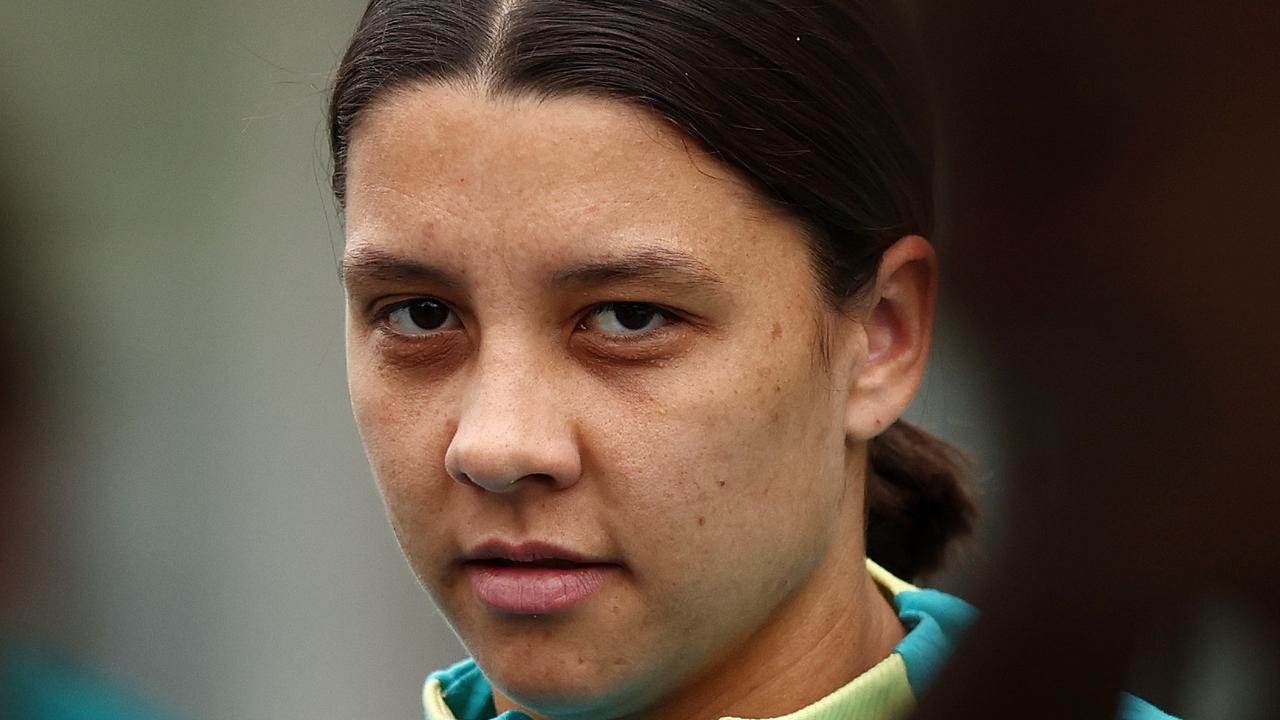Talking Point: Pop the cork on our bubbles
TASMANIAN sparkling wine is taking on world’s best, says Robert Heazlewood.
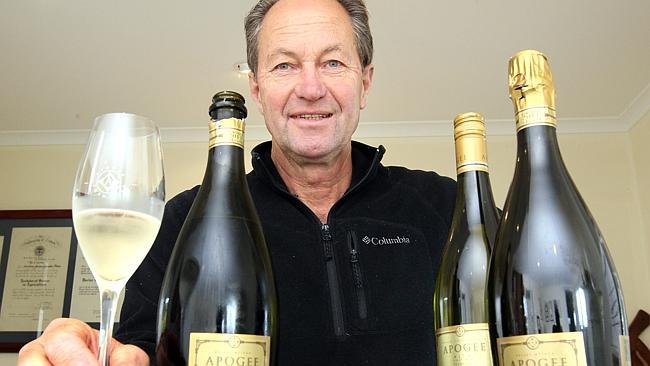
Opinion
Don't miss out on the headlines from Opinion. Followed categories will be added to My News.
FOR some time now, Tasmanian sparkling wines have been declared, by people who should know, to rival the quality of Champagne.
Australian wine judge James Halliday encouraged us by describing House of Arras sparkling wines as having “the complexity, texture and structure ... akin to Bollinger RD and Krug”.
In 2000, British wine writers greeted Pirie Cuvee from Pipers Brook as the best bubbly yet from the southern hemisphere. They said it compared with France’s finest.
The message is trickling down to retail level in markets such as Vancouver in Canada, where wine writer Anthony Gismondi included two Tasmanian wines with four from France in his Christmas recommendations and advised his readers that our state was “Australia’s Champagne”.
Our industry is in its infancy and 1/60th the size of that of La Champagne, but we are certainly in the race.
Tasmania may prove to have more endurance than the French powerhouse.
Climate scientists have warned if trends continue, La Champagne’s famous industry may be severely affected.
Sparkling wine was developed almost by accident in the northern French province and has been produced commercially and sold to the world since the 19th century. “Champagne” has become a synonym for sparkling wine worldwide, resulting in frequent legal action by defenders of one of the world’s outstanding place-of-origin brands.
But grape varieties traditionally used in sparkling wine do best in cooler climes.
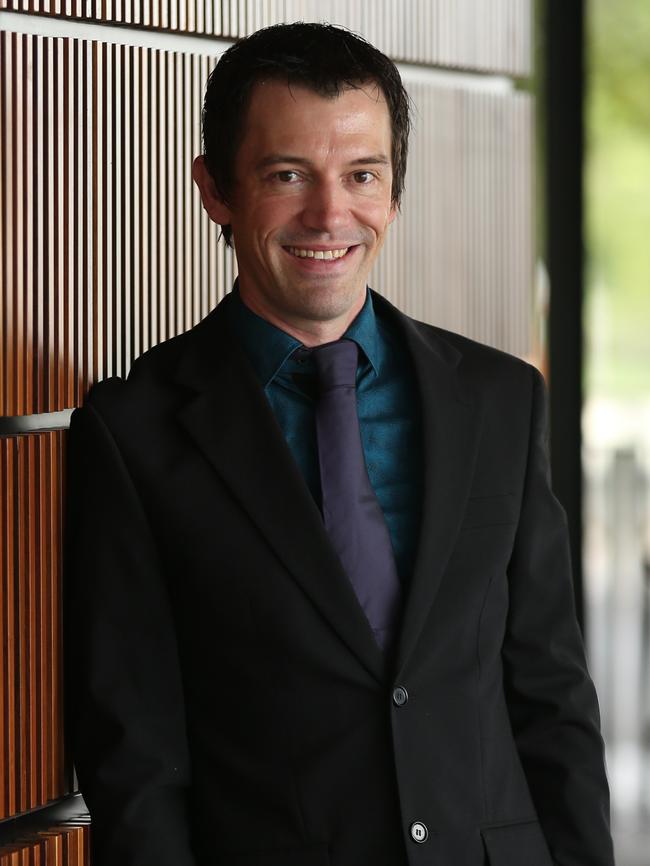
Critic, judge and author Tyson Stelzer told an event at Josef Chromy Wines last year that Tasmania was “arguably the greatest region for sparkling wine anywhere in the world outside of Champagne itself”.
High praise from a man dubbed the world’s Wine Communicator of the Year in 2015. In that year, Stelzer tasted 500 Australian sparkling wines for the James Halliday Wine Companion and 700 champagnes for his own annual Champagne Guide. “There is no disparity in my ratings, whether I am assessing sparkling from Launceston or from Le Mesnil-sur-Oger,” he told a wine-savvy audience at Chromy’s. “A gold medal is a gold medal, and for me that’s 94 points and above.
“Jansz Late Disgorged Cuvee 2005 in the James Halliday Companion – 94 points. Louis Roederer Cristal 2005 in The Champagne Guide – 93 points.
“That means, in 2005, I prefer the Jansz to the Cristal.”
In 2015, more than a third of gold medals awarded by Stelzer to Australian sparkling wines were shared by Victoria, NSW and South Australia. He said: “The remaining two-thirds belonged entirely to Tasmania.”
Stelzer’s regard for Tasmania’s sparkling is in tune with the opinion of the chairman of judges at the 2015 National Wine Show, Stephen Pannell. In his view, the House of Arras Blanc de Blancs 2001, made from fruit from Tasmania, rivalled the finest champagnes. The wine had just won the National Wine Show’s top trophy, and was followed in the sparkling rankings by two others from Tasmania: Brown Brothers Milawa Vineyard NV Pirie and House of Arras 2006 Rose.
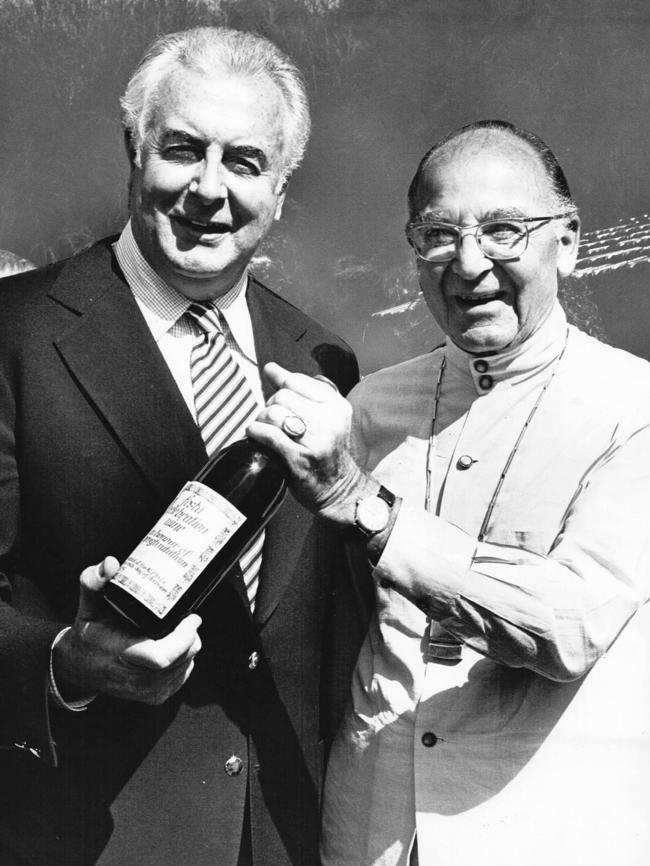
We have certainly come a long way in 30 years. Colonial wine makers in Van Diemen’s Land dabbled in bubbly, but the modern Tasmanian sparkling story started in the 1980s when French champagne house Louis Roederer entered a joint venture with Heemskerk Vineyard. Philip Chandler of the Tasmanian Development Authority had flown to Rheims to use his considerable powers of persuasion on a boardroom full of conservative champagne-makers.
It could not have been easy to interest them in such an unlikely project in such a distant place, but they agreed to invest and send experienced sparkling wine maker Jean-Baptiste Lecaillon to work with Graeme Wiltshire at Heemskerk. A Methode Tasmanoise was born.
At the time, I was providing Wiltshire with communication services. Graeme was a great personality who stands alongside Claudio Alcorso and Andrew Pirie as founders of our modern wine industry.
Jansz released its first sparkling wine in 1991 and was an immediate success. Clover Hill, House of Arras, Josef Chromy, Stefano Lubiana, Bay of Fires, Grant Burge, Apogee and Freycinet have since won admirers and awards.
Wine critic Graeme Phillips recently described the 1998 Arras EJ Carr Late Disgorged as “by far the most elegant and sophisticated Australian sparkling wine I have tasted”.
“The wine is the very essence of what renowned sparkling winemaker, Ed Carr, can conjure up from Tasmania’s cool-climate chardonnay and pinot noir fruit,” Phillips wrote. “After 16 years maturation on yeast lees, it shows exceptional levels of complexity, power, elegance and finesse while retaining an intense vibrancy that belies its age. In a word, it’s a stunner.”
Carr, a South Australian, said: “Twenty years ago, we simply asked ourselves ‘Where do we go to make the best fizz? Answer: ‘Tasmania’.”
Carr has been vindicated.
His 2006 Arras Blanc de Blancs became the first sparkling wine awarded the Len Evans Memorial Trophy for Champion Wine of Show at the 2015 Australian National Wine Show.
Made from Tasmanian chardonnay grapes, the wine won the Kit Stevens Memorial Trophy for sparkling wine at the Canberra show. The following evening, Carr was awarded Winemaker of the Year at the Australian Society of Viticulture and Oenology’s Awards for Excellence in Adelaide – the first sparkling winemaker to be so honoured. Carr has had a glorious partnership with Tasmania.
Internationally respected wine judge James Halliday has written: “The rise and rise of the fortunes of the House of Arras has been due to two things: first the exceptional skills of winemaker Ed Carr; and second, its access to high quality chardonnay and pinot noir. While there have been distinguished sparkling wines made in Tasmania for many years, none has so consistently scaled the heights of Arras.”
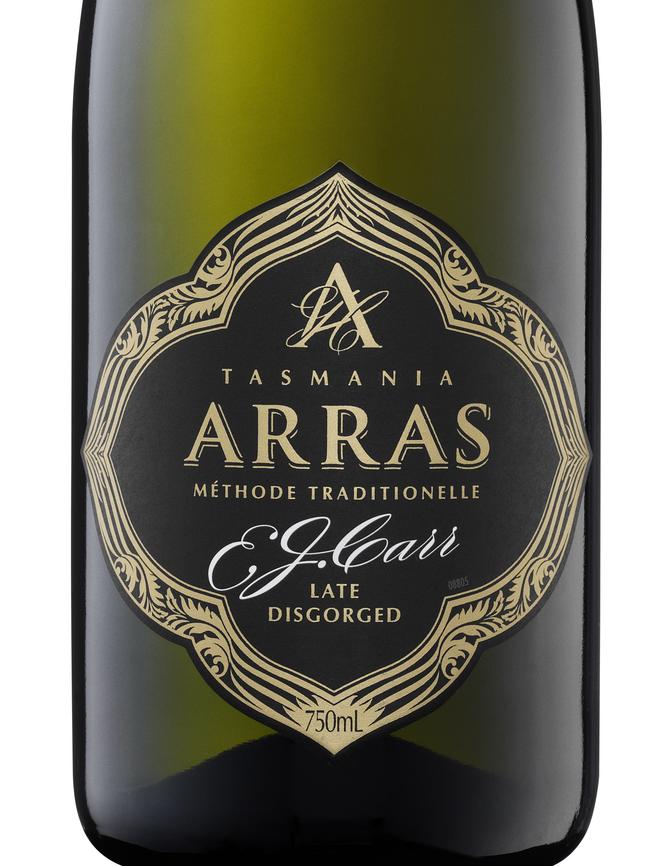
Arras 20th Anniversary 1998 EJ Carr Late Disgorged was released before Christmas at $350 a bottle and sold well.
This topped a year brimming with successes and accolades for Tasmania.
One of the country’s most respected journalists, Huon Hooke, wrote in The Sydney Morning Herald: “Ask a mainland Aussie winemaker what other region of Australia he or she would like to make wine in, and the most common reply is ‘Tasmania’.”
Hooke said global warming was one reason. “At the southern extremity of Australia, Tasmania is least likely to be affected by rising temperatures, or at least it will be affected later than most other regions,” Hooke wrote, concluding: “Tassie has arrived.”
Tasmanian wine pioneer Andrew Pirie, who produces Apogee sparkling from his own vineyard near Lebrina, was quoted in a story in The Wall Street Journal headed: “Has Champagne lost its pop?”
He argued champagne no longer dominated the world market and sparkling wines from other regions were winning the trophies.
“We are starting to think about a name for Tasmanian traditional method sparkling so that you’ve got it in one word and I think that it will be an excellent marketing tool if we can find the name that does the job,” Pirie said.
Personally, I think “Tasmanoise” sounds better than “Effitas” or “Taspaygne”, and it would be unlikely to land us in litigation with the ever-alert Champagnoise.
Whatever word is chosen will become a key tool in making the Tasmanian brand even more effervescent.
Robert Heazlewood is executive director of Brand Tasmania and worked with Philip Chandler in the 1980s promoting Tasmania as a winegrowing region.

